The ERA Registry Annual Report 2021: a summary
- PMID: 38638342
- PMCID: PMC11024806
- DOI: 10.1093/ckj/sfad281
The ERA Registry Annual Report 2021: a summary
Erratum in
-
Correction to: The ERA Registry Annual Report 2021: a summary.Clin Kidney J. 2024 Oct 21;17(10):sfae311. doi: 10.1093/ckj/sfae311. eCollection 2024 Oct. Clin Kidney J. 2024. PMID: 39435318 Free PMC article.
Abstract
Background: The European Renal Association (ERA) Registry collects data on kidney replacement therapy (KRT) in patients with end-stage kidney disease (ESKD). This paper is a summary of the ERA Registry Annual Report 2021, including a comparison across treatment modalities.
Methods: Data was collected from 54 national and regional registries from 36 countries, of which 35 registries from 18 countries contributed individual patient data and 19 registries from 19 countries contributed aggregated data. Using this data, incidence and prevalence of KRT, kidney transplantation rates, survival probabilities and expected remaining lifetimes were calculated.
Result: In 2021, 533.2 million people in the general population were covered by the ERA Registry. The incidence of KRT was 145 per million population (pmp). In incident patients, 55% were 65 years or older, 64% were male, and the most common primary renal disease (PRD) was diabetes (22%). The prevalence of KRT was 1040 pmp. In prevalent patients, 47% were 65 years or older, 62% were male, and the most common PRDs were diabetes and glomerulonephritis/sclerosis (both 16%). On 31 December 2021, 56% of patients received haemodialysis, 5% received peritoneal dialysis, and 39% were living with a functioning graft. The kidney transplantation rate in 2021 was 37 pmp, a majority coming from deceased donors (66%). For patients initiating KRT between 2012-2016, 5-year survival probability was 52%. Compared to the general population, life expectancy was 65% and 68% shorter for males and females receiving dialysis, and 40% and 43% shorter for males and females living with a functioning graft.
Keywords: ESKD; dialysis; graft survival; kidney transplantation; patient survival.
© The Author(s) 2023. Published by Oxford University Press on behalf of the ERA.
Conflict of interest statement
None declared.
Figures

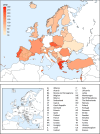
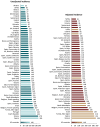
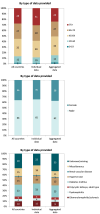


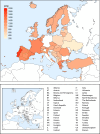
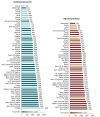
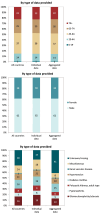

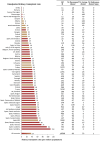
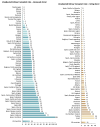



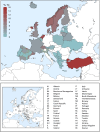
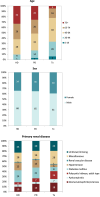

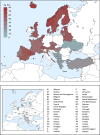
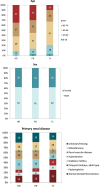
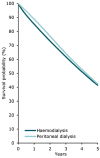
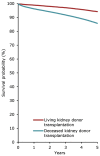
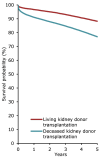
References
-
- Eurostat: www.ec.europa.eu/eurostat/data/database (28 August 2023, date last accessed ).
LinkOut - more resources
Full Text Sources
Research Materials
Miscellaneous

